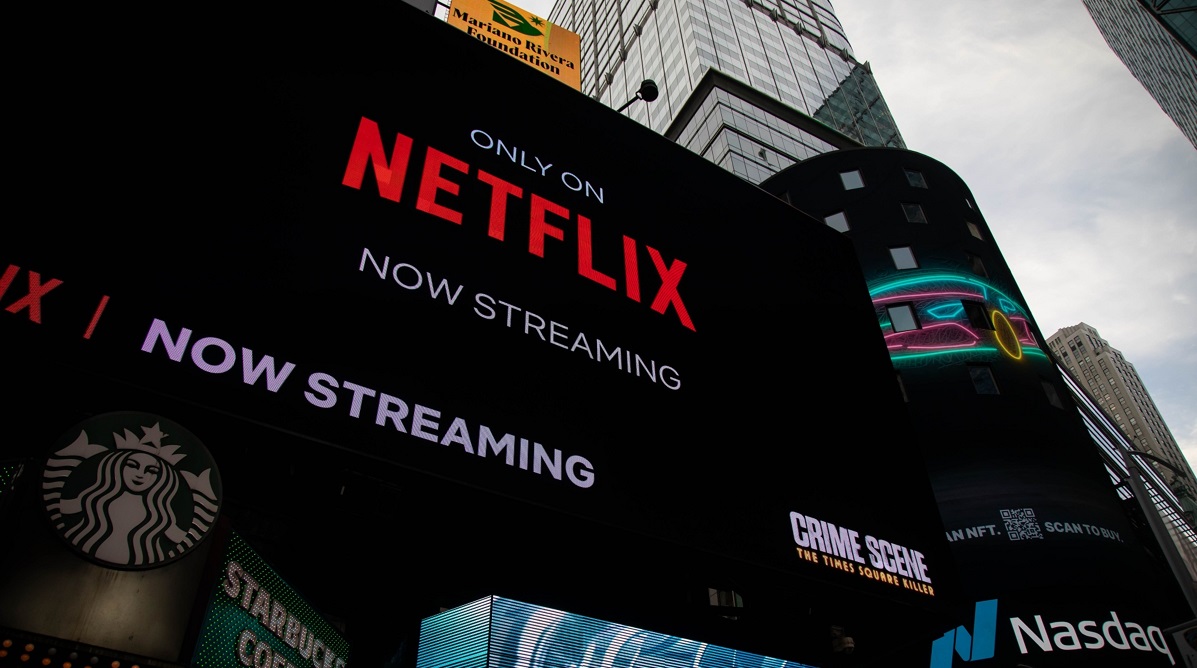Netflix, a titan in the streaming industry, has long been celebrated as a stock market superstar, transforming from a DVD mail-order service into the world’s preeminent digital streaming platform. With hundreds of millions of households subscribed and billions in revenue, Netflix’s journey has been marked by significant strategic shifts that continually reshape its business model and market approach.

The Financial Milestones of Netflix
Netflix’s transition from DVDs to digital streaming has not only expanded its subscriber base but also dramatically increased its market share and financial footprint.
From a modest beginning with 7.3 million members in 2007, the streaming giant has exploded to nearly 270 million global subscribers as of the first quarter of 2024.
This growth trajectory has positioned the brand as a dominant force in the streaming space, second only to Amazon Prime in terms of subscription video-on-demand market share.
Netflix’s latest decision may frustrate you if you own its stock https://t.co/eSBYfG7R4H
— TheStreet (@TheStreet) April 20, 2024
With annual revenues jumping from $3.2 billion in 2011 to a staggering $33.7 billion in 2023, and first-quarter sales in 2024 nearing $9.4 billion, Netflix’s financial success story is a testament to its effective scaling and market penetration efforts.
Latest Strategic Pivot and Investor Response
In its recent first-quarter earnings report, Netflix announced a pivotal change that might unsettle some investors. Moving away from its long-standing focus on boosting subscriber numbers, THe company is now prioritizing increasing sales and profit margins.
This shift is evident from its latest guidance projecting a revenue growth of 13% to 15% and an operating margin of 25% for the year, significant improvements over the 21% and 18% margins of 2023 and 2022, respectively.

Wall Street’s Mixed Reactions
Despite these positive indicators, Netflix’s decision to de-emphasize subscriber growth in favor of profit has led to mixed reactions. Following the earnings announcement, the company shares fell nearly 9%, reflecting investor concerns over the company’s future growth trajectory.
Analyst Stephen Guilfoyle from TheStreet Pro expressed that Wall Street’s current view might be skeptical of the company’s growth status, focusing instead on the company’s capacity to sustain profitability and free cash flow.
The Debate Over Netflix’s Growth Identity
This strategic realignment raises critical questions about Netflix’s identity as a growth stock. With the implied limited runway for attracting new users, investors are now challenged to reconsider the stock’s growth potential.
This reevaluation is crucial, especially when the market’s initial response suggests a cautious outlook toward the brand’s long-term growth capabilities.

Navigating the New Landscape
As the streaming giant adjusts its strategy from aggressive user expansion to enhancing profitability, the company is navigating a new phase of its evolution.
This transition not only affects how investors perceive and value the stock but also sets a precedent for how major streaming services might prioritize financial health over expansion in saturated markets.
The coming quarters will be telling for Netflix as it attempts to balance maintaining its colossal subscriber base with enhancing profit margins. This strategic pivot will likely redefine the benchmarks for success in the streaming industry and could influence how companies are evaluated on Wall Street in the future.










